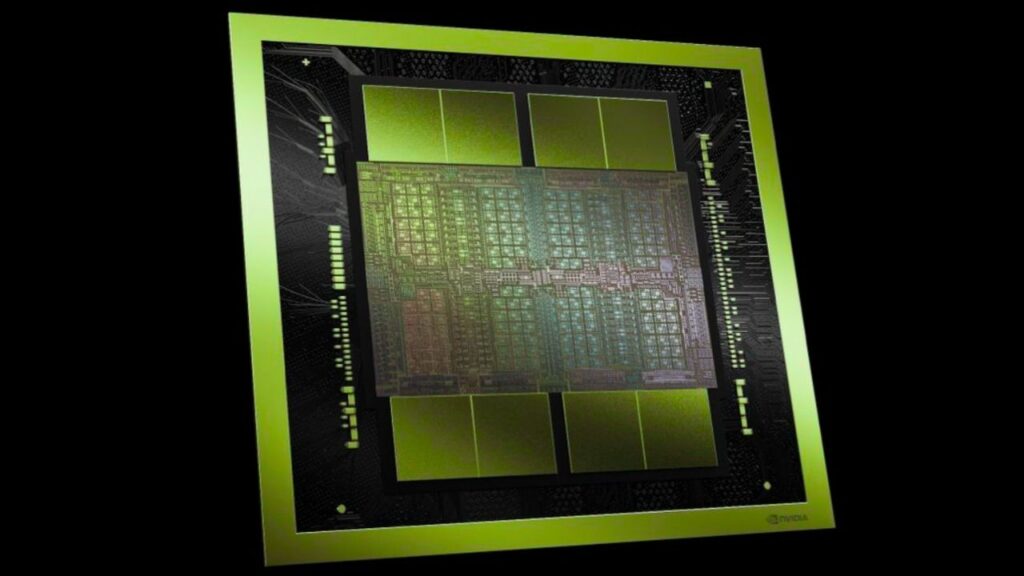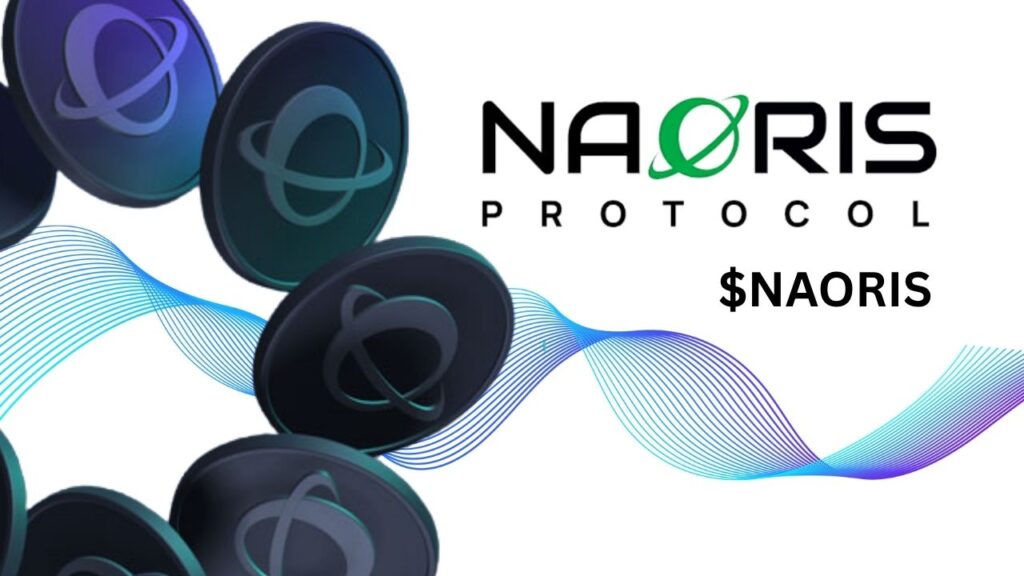Massive Doudna Supercomputer Will Use IBM Tech to Drive AI-Powered Science: The Massive Doudna Supercomputer is set to redefine the landscape of AI-powered science in the United States and around the world. Scheduled for launch in late 2026 at the National Energy Research Scientific Computing Center (NERSC), part of Lawrence Berkeley National Laboratory, Doudna will combine the best of IBM, Dell, and NVIDIA technologies to accelerate discoveries in everything from climate modeling to quantum computing. This article will explain what makes Doudna unique, how it works, and why it matters for both young learners and experienced professionals.

Table of Contents
Massive Doudna Supercomputer Will Use IBM Tech to Drive AI-Powered Science
| Feature/Fact | Details |
|---|---|
| Deployment Date | Late 2026 |
| Location | NERSC, Lawrence Berkeley National Laboratory |
| Named After | Jennifer Doudna, Nobel Laureate and CRISPR pioneer |
| Performance | 10x faster than current Perlmutter supercomputer |
| Core Technologies | IBM Storage Scale, Dell ORv3 liquid-cooled servers, NVIDIA Vera Rubin platform |
| Supported Fields | Fusion energy, materials design, physics, biomolecular research, quantum computing, AI |
| User Base | Over 11,000 researchers, 800+ projects annually |
| Networking | NVIDIA Quantum-X800 InfiniBand |
| AI & Quantum Support | Supports large-scale AI model training, quantum simulation, and CUDA-Q platform |
| Official Website | NERSC Doudna System |
The Doudna supercomputer represents a bold leap forward for AI-powered science. By combining the latest IBM, Dell, and NVIDIA technologies, Doudna will empower thousands of researchers to tackle the world’s biggest scientific challenges faster and more efficiently than ever before. Whether you’re a student dreaming of a career in science or a professional researcher, Doudna’s arrival marks the dawn of a new era in discovery.
What Is the Doudna Supercomputer?
The Doudna supercomputer is the next flagship high-performance computing (HPC) system for the U.S. Department of Energy (DOE). Named after Jennifer Doudna, the Nobel Prize-winning scientist who co-invented CRISPR gene-editing technology, Doudna is designed to be a game-changer for scientific research.

Unlike traditional supercomputers that focus mainly on simulations, Doudna is built for the convergence of simulation, data analysis, and artificial intelligence (AI). This means it can handle massive amounts of data, run complex models, and train large AI systems all at once.
Why Is Doudna So Important?
Imagine trying to predict the weather, design new medicines, or understand the universe’s tiniest particles. Each of these problems requires analyzing huge datasets and running millions of calculations. Doudna will make these tasks much faster and more accurate, helping scientists make discoveries in days instead of years.
The Technology Behind Doudna
1. IBM Storage Scale

IBM’s Storage Scale technology acts like a super-fast library, letting thousands of scientists read and write data at incredible speeds. This is crucial for AI and simulation workloads, which need to move and process data quickly to be effective.
2. Dell ORv3 Liquid-Cooled Servers
Doudna uses Dell’s latest ORv3 direct liquid-cooled servers. These servers are tightly packed and efficiently cooled with liquid, allowing them to run faster and use less energy. This design delivers next-generation AI performance in a smaller space and with a reduced environmental footprint.
3. NVIDIA Vera Rubin Platform

At the heart of Doudna are NVIDIA’s Vera Rubin CPUs and GPUs. GPUs (graphics processing units) are especially good at handling the kinds of calculations needed for AI and scientific simulations. The Vera Rubin platform integrates these processors in a unified memory space, so all parts of the computer can access data quickly and work together seamlessly.
4. High-Speed Networking
Doudna will use NVIDIA’s Quantum-X800 InfiniBand networking. Think of this as a superhighway for data, connecting all the parts of the supercomputer and allowing information to move instantly between them. This is vital for real-time data streaming and analysis, especially when researchers are working with live data from experiments across the country.
How Will Doudna Be Used?
Accelerating Scientific Discovery
Doudna is designed to help scientists in many fields:
- Climate Science: Simulate weather patterns and climate change with greater accuracy.
- Fusion Energy: Model the behavior of plasma and materials in fusion reactors.
- Materials Design: Discover new materials for electronics, batteries, and more.
- Biomolecular Research: Simulate complex biological processes, aiding drug discovery.
- Quantum Computing: Develop and test quantum algorithms at scale.
- Artificial Intelligence: Train and deploy massive AI models for scientific research.
Real-World Example: Drug Discovery
Suppose a scientist is searching for a new medicine to treat a disease. With Doudna, they can simulate how thousands of different molecules interact with the disease at once, analyze the results with AI, and identify the most promising candidates in a fraction of the time it would take with older systems.
Supporting a Large User Base
Doudna will serve over 11,000 researchers and support more than 800 projects every year. It will be connected to the DOE’s Energy Sciences Network (ESnet), allowing scientists nationwide to stream and analyze data in near real-time.
Step-by-Step Guide: How Doudna Will Power AI-Powered Science
Step 1: Data Collection
Researchers collect data from experiments, sensors, or simulations. For example, climate scientists might gather satellite data, while physicists collect measurements from particle accelerators.
Step 2: Data Streaming
Data is streamed directly to Doudna using high-speed networking. The system’s storage infrastructure, powered by IBM Storage Scale, ensures that the data is available instantly for analysis.
Step 3: Simulation and Modeling
Doudna runs large-scale simulations using its powerful Dell servers and NVIDIA GPUs. This could involve modeling the Earth’s climate, simulating the behavior of new materials, or running molecular dynamics for drug discovery.
Step 4: AI Training and Analysis
AI models are trained on the simulation data to identify patterns, make predictions, or optimize results. For example, an AI could predict which materials are most likely to work in a new battery or which molecules might be effective medicines.
Step 5: Real-Time Feedback and Collaboration
Researchers can interact with the system in real time, adjusting their experiments or simulations based on the results. Doudna’s integration with ESnet enables seamless collaboration across institutions.
Step 6: Discovery and Innovation
The results are used to make new discoveries, publish research, or develop new technologies. Because Doudna is so fast and efficient, the cycle of discovery is dramatically accelerated.
IBM Expands Quantum Computing Footprint With Major Launch of Quantum Computer in Japan
Quantum‑Centric Supercomputing Collaboration Begins Between IBM And Pasqal
Cleveland Clinic, IBM, and Hartree Centre Collaborate on Quantum Healthcare Research
FAQs About Massive Doudna Supercomputer Will Use IBM Tech to Drive AI-Powered Science
What makes Doudna different from other supercomputers?
Doudna is designed for the convergence of simulation, data analysis, and AI. It’s also built for flexibility, allowing researchers to customize their workflows and integrate new technologies as they become available.
How fast is Doudna compared to previous systems?
Doudna will be at least 10 times faster than Perlmutter, the current NERSC flagship. This means it can process more data and run more complex simulations in less time.
Who can use Doudna?
Doudna will be available to researchers working on DOE-supported projects. This includes scientists from universities, national labs, and industry partners across the United States.
How does Doudna help with AI research?
Doudna’s architecture is optimized for training and deploying large AI models. Its unified memory and fast networking allow AI algorithms to access data quickly and scale efficiently, making it ideal for cutting-edge machine learning research.
What is the environmental impact?
Thanks to its liquid-cooled servers and energy-efficient design, Doudna will deliver more performance per watt, reducing its environmental footprint compared to older systems.



















